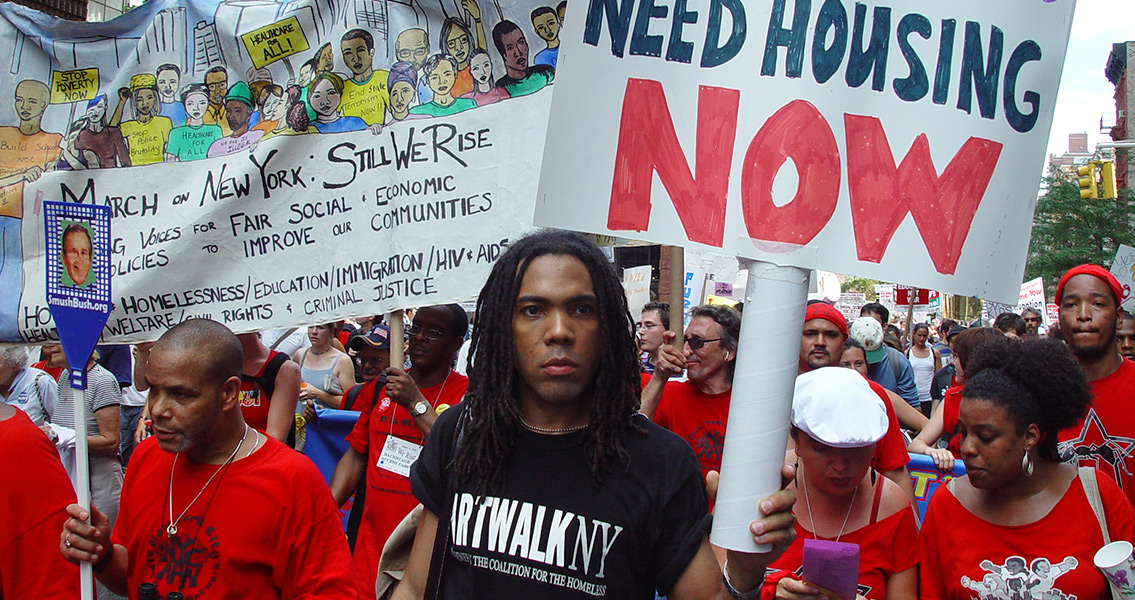<![CDATA[Since the global financial crisis hit in 2008, cities across Europe and the United States have experienced a sharp increase in urban activism and protest. Calling for more equitable distribution of wealth in cities, these local, grassroots-driven protests combine demands for participatory democracy with wider anti-austerity struggles. Simultaneously, activist and grassroots initiatives have begun applying their visions of urban and economic diversity to their neighbourhoods, often in direct opposition to government policy and investors. This most recent wave of protest has a rather recent history. Since the 1960s, when student protests began to gather momentum, cities have been important battlegrounds where competing claims over urban space collide. By the 1980s, a new generation who had grown up in a world of oil crisis and the first significant economic downturn in the post-war period began protesting. Exciting recent research has focused on this important period of urban protest. "Against the backdrop of heightened Cold War tensions in the early 1980s, European politics can be characterized by political stagnation in the East and a turn to a conservative-neoliberal agenda in the West," Astrid Mignon Kirchhof, Carla MacDougall, and Peter Ulrich Weiss write in a special introduction to the latest volume of the Journal of Urban History which focuses on urban protest. During the 1980s, they explain, political and social developments at both the domestic and international levels triggered mass mobilisations in Europe's urban centres. "Europeans were increasingly confronted with an official rhetoric that still promised a cohesive social order and the reality that public funds for urban infrastructure had dwindled to the point of decay in many inner-city neighborhoods," the team write. "This special [edition] focuses on the 1980s precisely because this decade constitutes a valuable, and until recently overlooked, historical moment for exploring a European-wide phenomenon." During the Cold War, governments and urban officials on both sides of the Iron Curtain used the city as a means of claiming national identities. Berlin, as a city divided both physically and ideologically, was a major site of confrontation between East and West. On both sides of the Berlin Wall, however, acts of popular urban protest undermined the official definition of their respective side of the city. "Protests took place not only in the capital cities of centrally governed states but also in smaller, regional cities such as Leipzig, Wroclaw, and Timişoara," Kirchhof, MacDougall, and Weiss note. "In East Germany, two-thirds of the one hundred sixty opposition groups the Ministry for State Security (or Stasi) designated “dangerous” were active in cities with a population more than one hundred thousand." The special section in the Journal of Urban History provides new insights into popular urban protest in the last years of the Cold War. What emerges from all the articles is that there were many similarities in protest forms and cultures despite the two different systems - one capitalist, one socialist. Also, the special section reveals the ways in which marginal groups influenced social and political developments. For more information: www.juhsagepub.com Image courtesy of Wikimedia Commons user: Thehero]]>
New Studies Examine Urban Protest in Cold War Europe
